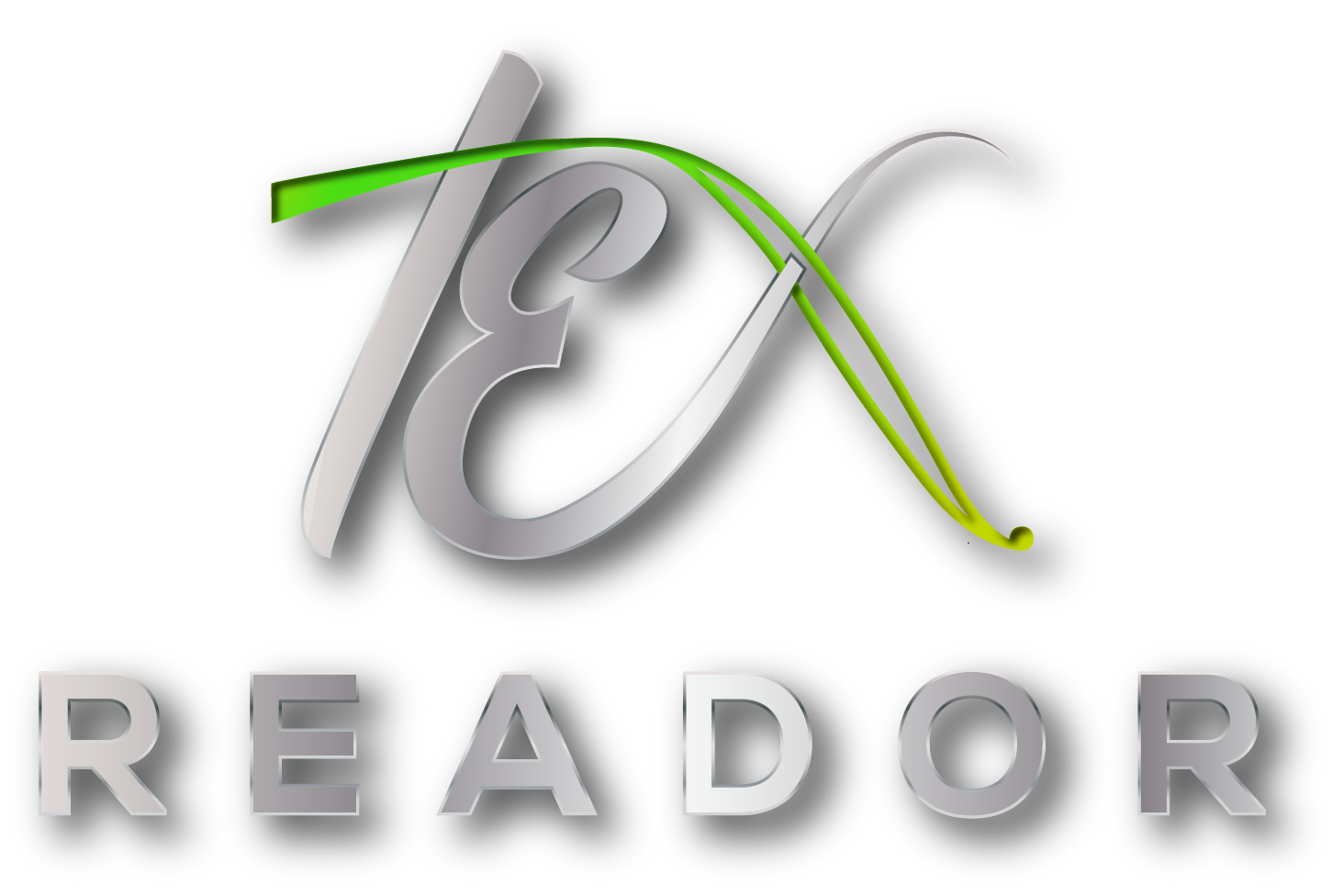In recent weeks, there seems to be a growing sense that the worst of the long journey through one major disruption after another is finally receding in the rear-view mirror.
We heard it in Q3 retail investor calls, albeit with a host of caveats. We’re also starting to hear it from some home textiles suppliers, who seem to feel that the industry might be settling back into its pre-pandemic cadence of incremental growth. As one vendor exec put it: “I think we’ve digested all the craziness.”
If anything, the “new” incremental growth will be as tough as it ever was to achieve – if not tougher. For those keeping a tally, here’s the retail inventory that has vanished from the scene since last January: over 700 Bed Bath & Beyond stores, nearly 500 Tuesday Morning stores, over 130 buybuy Baby stores and 80 Christmas Tree Shops.
That’s a whole lot of shelf space that won’t be replaced anytime soon.
Understandably, suppliers are spooked by the financial health of some big retail accounts. Activist investors have been pushing their weight around, and private equity is on the prowl. Sometimes that can be a benefit. (See JCPenney and Belk, both of which would probably have vanished from the scene otherwise). It can also mark the beginning of the end. (See Sears and Kmart.)
Kohl’s very nearly got shoved into a private takeover in 2022. Macy’s Inc. now seems to be in the crosshairs of a group that just might be far more interested in cashing in on a real estate portfolio than running a retail company.
And suppliers worry about the health of other vendors in the industry. Last year didn’t see as much of a shake-out on the wholesale side as a lot of people had expected. Some are wary there may be another shoe or two to drop, whether by bankruptcy or merger activity.
So where do manufacturers see opportunity? Producers in India and Pakistan report that the “China-plus” strategy is a real thing. Granted, it’s not a huge thing, but the strategy among retailers and wholesale importers to shift some production out of China is happening at the margins.
For an example of how the needle is moving, take a look at U.S. import data for synthetic sheet sets. Over the first 10 months of last year, Pakistan had just a 4% share – but that was up 42% year-over-year. India accounted for nearly 3% of imports in the category – a low number cut a 32% jump from 2023. (Don’t cry for China, though. Even though its share fell 8% it still claimed 93% of the business.)
Vendors also see continued growth ahead for warehouse clubs, off-pricers and e-commerce, holding a preference for doing online business with omni-channel accounts. And inflation has come way down for most soft home goods, offering hope that when food prices eventually follow suit, consumers will finally feel like doing some more discretionary spending in the home department. After all, it’s been four years since their last big refresh.
It’s been a long, strange trip. The industry might not be pulling onto the superhighway just yet, but at least the traffic seems to be improving.
Article sourse:https://www.hometextilestoday.com/

